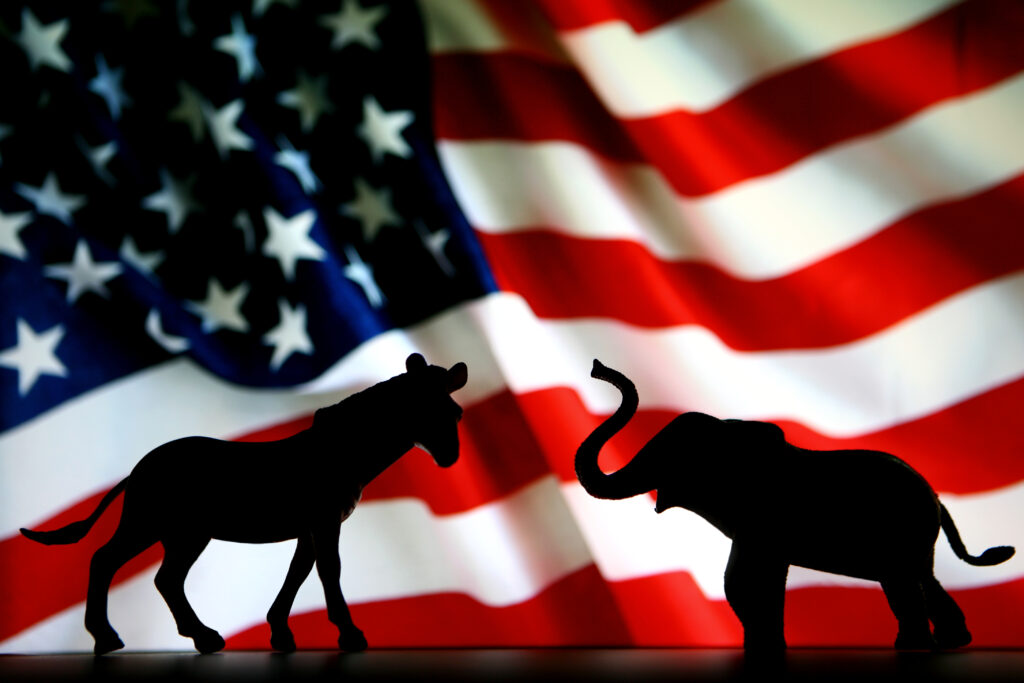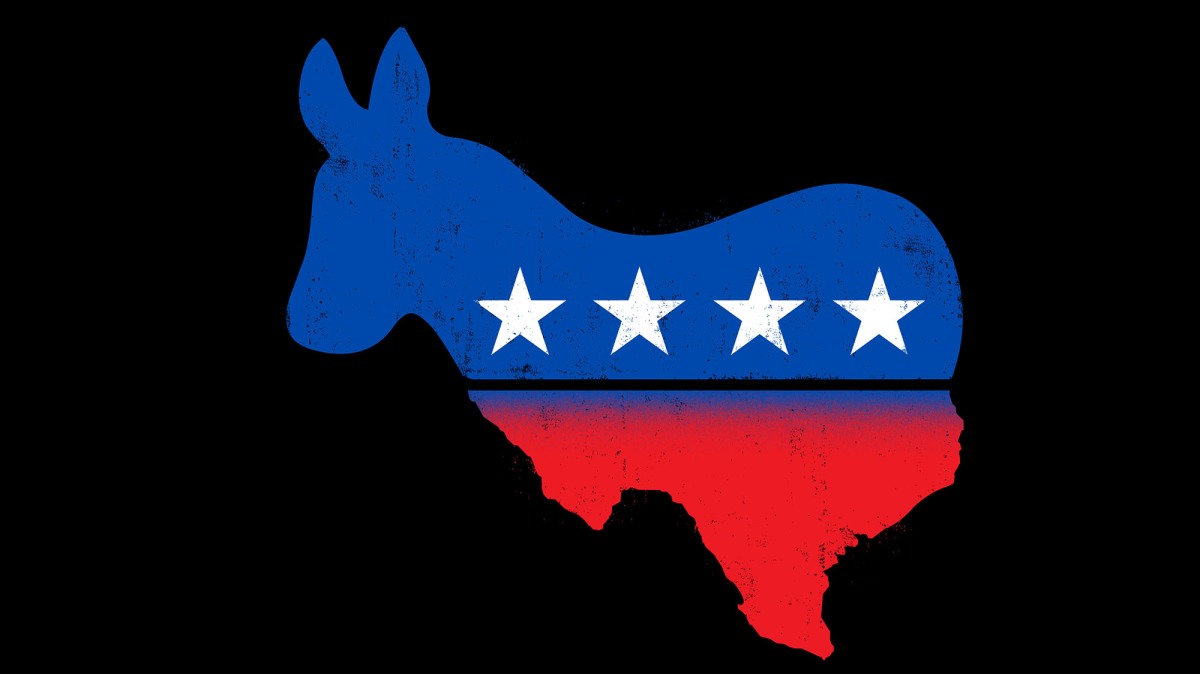Democratic Party
An American political party, one of the two, along with the Republican Party, the main parties in the United States. Founded in 1828, in the historical literature the Democratic Party is often referred to as the successor to the Democratic-Republican Party (Democratic-Republican Party), created by Thomas Jefferson in the 1790s.
Jefferson’s party emphasized its adherence to the principle of popular sovereignty and rejected the monarchical principle of government.
Since the 1820s, the Democratic Party has united the slave-owning planters of the South and associated part of the business circles of the North, as well as significant groups of farmers and the petty bourgeoisie.
She advocated the priority of the rights of the states over federal legislation, for limiting the prerogatives of the central government.
By the middle of the 19th century, the influence of large planters increased in the party. In the period 1828-1861. The Democratic Party was the ruling party for 24 years: in 1829-1841. – Presidents E. Jackson and M. Van Buren, in 1845-1849 – J. Polk, in 1853-1861 – Presidents F. Pierce and J. Buchanan.

In the context of the aggravation
In the context of the aggravation of contradictions between the North and the South (in particular, on the issue of slavery), the Democratic Party split.
Southern planters, needing new land to expand their production, demanded that slavery be extended to the western territories.
The Democrats of the northern states, led by Stephen Douglas, advocated that each new state independently decide on the admission of slavery on its territory.
The split among the Democrats helped to strengthen the position of the Republican Party. After the election of Republican candidate Abraham Lincoln in 1860, the most reactionary grouping of Democrats in the South (the so-called Dixiecrats) became in 1860-1861 the main organizer of secession and the creation of the Confederate States of America.
Having survived a deep crisis during the Civil War of 1861-1865. and the post-war period of Reconstruction, the Democratic Party began to play the role of the main opposition force in the United States, focused on farmers, opposed the introduction of the gold standard and protectionist tariffs.
In the second half of the 19th century, its candidate became president only twice: Grover Cleveland in 1885-1889 and 1893-1897.
Although the differences
Although the differences between the Democratic Party and the Republican Party have been leveled, traditionally Democrats are considered champions of liberal values, supporters of strong social policies and government regulation of the economy, in contrast to conservative Republicans.
Under the current two-party system in the United States, the Democratic and Republican parties periodically replace each other in power.
In the 20th century, Democratic representatives were Presidents Woodrow Wilson (1913-1921), Franklin Roosevelt and Harry Truman (1933-1953), John F. Kennedy and Lyndon Johnson (1961-1969), Jimmy Carter (1977-1981), Bill Clinton (1993- 2001).
The Democratic Party does not have a permanent membership, belonging to it is determined by voting for its candidates in elections and material assistance to the party.
In the proper sense of the word, the party is its apparatus, consisting of leadership and functionaries of various ranks, operating in the states, cities and counties.
Once every four years, a party congress is convened, which elects candidates for the posts of president and vice president, and also adopts a party program (platform).
Between conventions, the Democratic Party is coordinated by the National Committee in Washington; party factions in both houses of Congress, as well as local party bosses, have great influence.
The leader of the party is the president (if the party is in power), a former president or a candidate for this post (if it is in opposition).
Traditionally, the main support of the party is the state of New York and Dixieland, as well as the trade union movement, groups of national, religious and other minorities, and the liberal intelligentsia. The symbol of the party is the donkey.

Story
The founders of the party are Martin van Buuren (the eighth President of the United States) and some other politicians, including Thomas Jefferson (the third President of the United States) and Andrew Jackson (the seventh President of the United States and the first President of the United States, elected as a candidate from this party in 1828).
From 1828 to 1860, the Democrats dominated the US political scene, sometimes losing power to the Whigs. Initially, the party was for the preservation of slavery, reflecting the interests of the South; its electorate was rural dwellers, planters, slave owners.
Catholics, influential clans and the population of the southern states (dixie); a typical example is Jefferson Davis, president of the Confederate States of America, which opposed the United States in the Civil War of 1861-1865.
After losing the Civil War for nearly 40 years, the Democrats were in decline.
From the start of the Civil War (1861) until 1912, the ruling party was almost always the Republican Party of the United States founded by Abraham Lincoln; Grover Cleveland was the only Democratic politician to have been elected President during those years.
In the 20th century, the Democratic Party gained a second wind and produced such prominent presidents as Woodrow Wilson, Franklin Roosevelt and John F. Kennedy.
The end of the 20th century and the beginning of the 21st, despite the two presidential terms of Democrat Clinton in 1993-2001. – this is the time of the party’s receding into the background [source not specified 413 days] and the predominance of the Republicans both in state legislatures and in Congress.
By the end of the 20th century, Democrats and Republicans had practically exchanged electorate. For a long time, the Democratic Party enjoyed the support of the poor rural population of the South, explicitly or implicitly advocated racial division. But it was Democrat Lyndon Johnson who outlawed this form of discrimination.
Now the Democrats are supported mainly by large US cities, densely populated coastal states with a highly developed economy.
